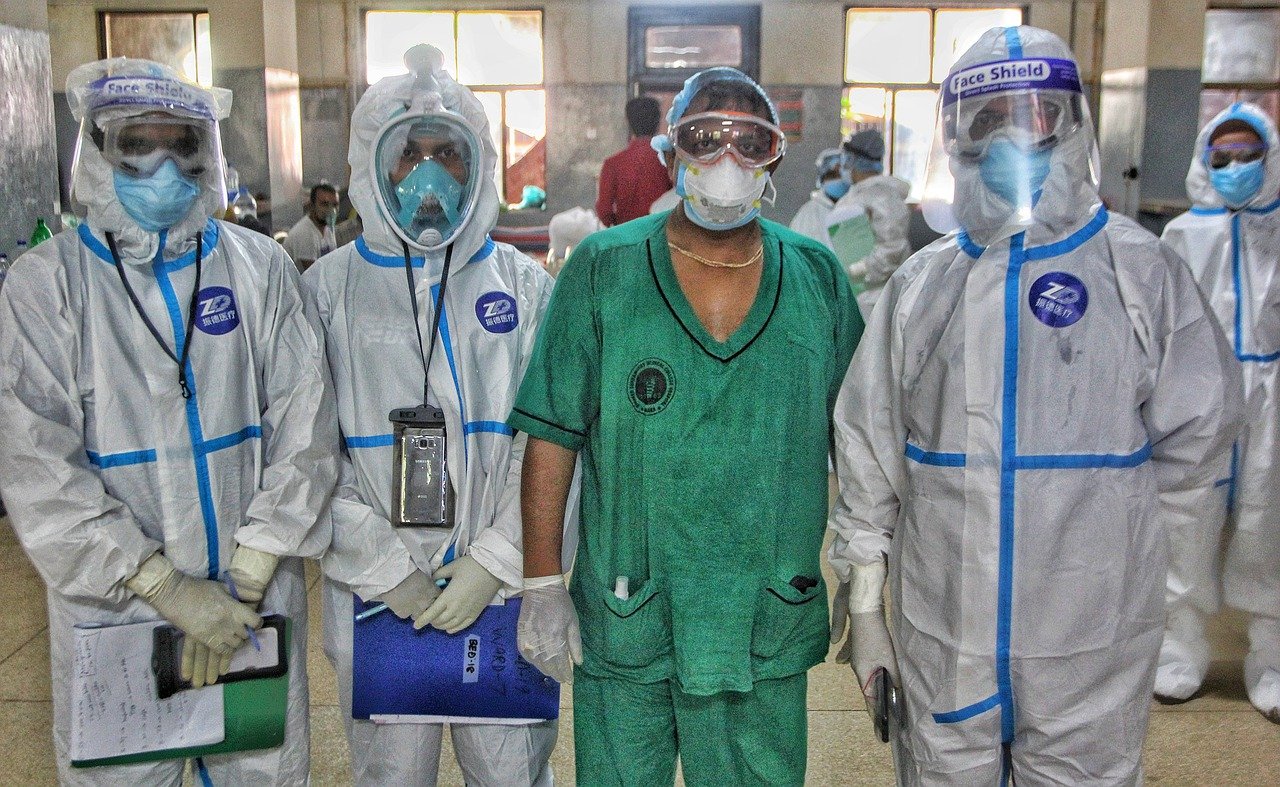This post is also available in:
 עברית (Hebrew)
עברית (Hebrew)
Shifting from the development of protection against hazardous materials to improving the equipment of COVID-19 teams. Wearing COVID-19 personal protective equipment is cumbersome. A new DARPA program will explore how to “radically” cut down on the amount and bulk of the equipment. The Agency’s research on lightweight protective equipment could be the next line of defense against COVID-19 and future pandemics.
The Personalized Protective Biosystem (PPB) program is exploring how to reduce discomfort while using protective equipment.
Originally launched in December 2019, the PPB program aims to develop technology that reduces the need for burdensome protective equipment while increasing individual protection against chemical and biological threats. The program comprises two technical areas: reactive materials that prevent threat-agent access to the body; and a configurable barrier countermeasure that neutralizes threat agents at vulnerable points of entry, i.e., skin, airway.
In response to the COVID-19 pandemic, PPB program performers have reoriented their initial development efforts to provide protection by using commensal organisms as well as material solutions that can be worn for up to 30 days. Commensal organisms are bacteria found on the surface of the body that are harmless, and sometimes beneficial.
Successful PPB technologies would therefore change how the military and public health communities perform in unpredictable threat environments, according to nationaldefensemagazine.org.


























